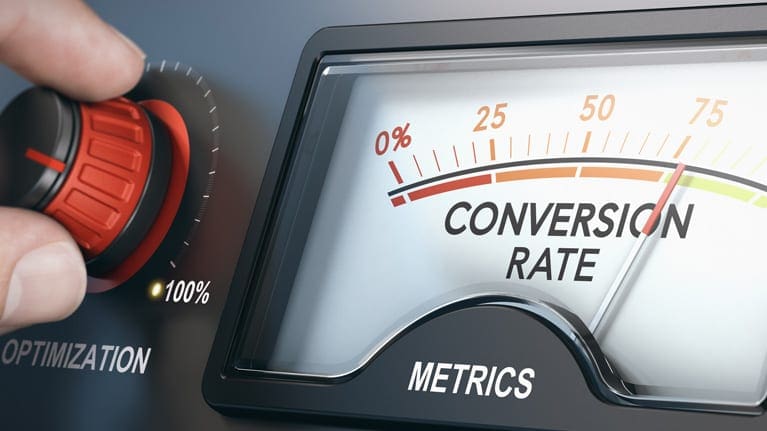Analyzing campaign data for your digital advertising is vital as it allows you to better tailor the message and targeting to your customers’ behaviors. Most commonly, as advertisers, the focus is on the click-through-rate (CTR) and conversion rate (CVR) statistics. It can be easy to focus on the CTR as it provides an easy view to how many people are visiting your website. However, depending on your digital goals and objectives, the conversion rate may be more beneficial for your business.
How do I know if my results are more easily measured by referencing a CTR or a CVR?
The primary goal of getting clicks to a website is to create awareness for the brand and drive traffic simply to promote what the brand can do for the customer. While the numbers can provide some insight, the CTR can be skewed and does not consider how many site visitors were only there for a few seconds. Not only that, but many clicks are automated and may not even come from your target market.
CVR numbers, on the other hand, may be more helpful when the goal is for customers to complete a specific action on your site, in the end helping develop a digital relationship with potential customers. Conversions are the clicks that matter the most. Ask yourself: “What do I want my site visitors to do?” Consider your answer: You may want customers to click a link, register for your newsletter, complete a purchase, or make a phone call. All of these things can be tracked and are considered conversions. These actions also indicate a push in your audience to potentially make a purchase, generating more revenue for your business.
What kind of goals should I make to increase my conversion rate?
An increase in conversions is commonly reached by targeting a smaller audience and tailoring ads directly to their needs. For example, say you own a shoe store that sells formal or work-style shoes. Rather than targeting anyone looking for any kind of shoes, you may choose to target only those searching for a specific brand or style. Once this consumer sees your ad and ventures to your site, they see that you sell the exact brand or style they are seeking.
In contrast, if you are targeting all shoe shoppers, but 15 customers are looking for tennis shoes and 10 are looking for formalwear shoes, 15 of those customers are going to leave your site because you do not offer what they are looking for. By optimizing your audience and only targeting those that are searching for what you offer, your conversion rate will likely be much higher, leaving more of your site visitors satisfied and, hopefully, coming back for more.
How does a conversion rate relate to the business-consumer relationship?
Retargeting can often be effective in increasing a business’ conversion rate as it engages an audience that has already visited your site. These consumers are most likely already aware of your brand and what products you offer, placing them at a different point in the consumer-business relationship, so targeting should be adjusted accordingly. By identifying the products that the majority of your site visitors are viewing and what pages they are visiting, you can use that knowledge to retarget them with a more focused ad. These leads are more likely to result in a sale and also reminds the customer how much they already know about your business.
While clicks and conversions both provide beneficial insights into your digital campaigns, it is important to know what your goals are in order to gain the most value from your digital advertising. Whether you are looking for awareness or action determines what statistics are going to help propel your business to greater heights.



